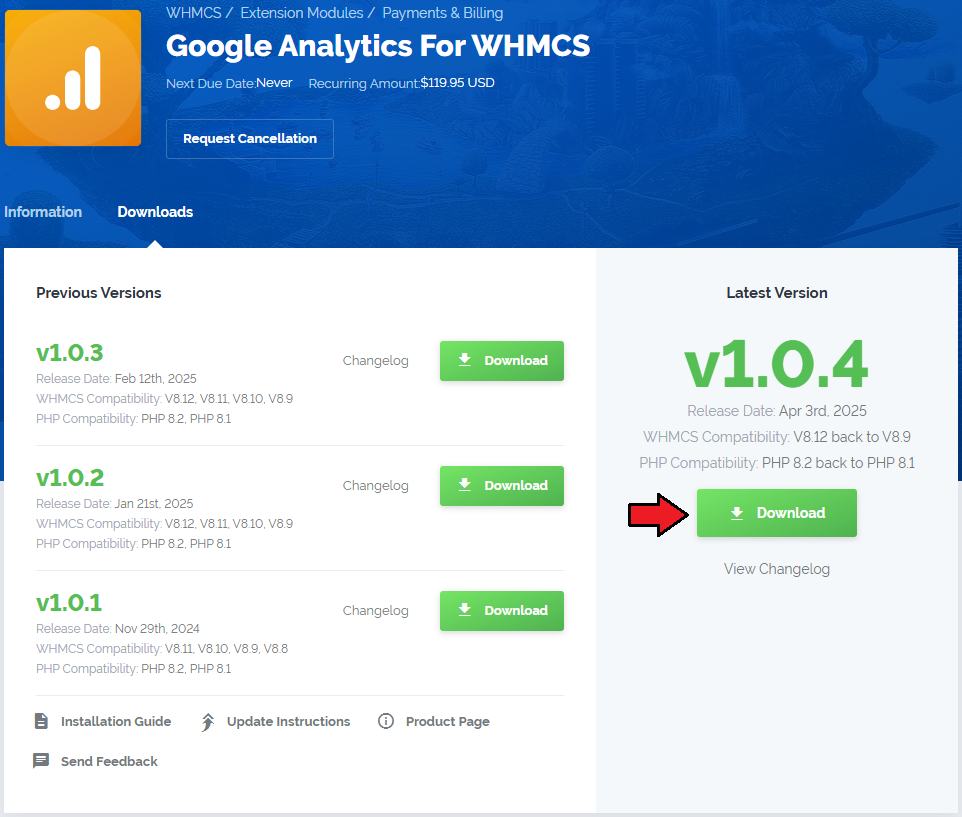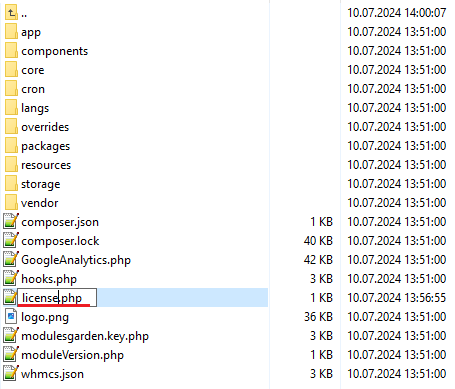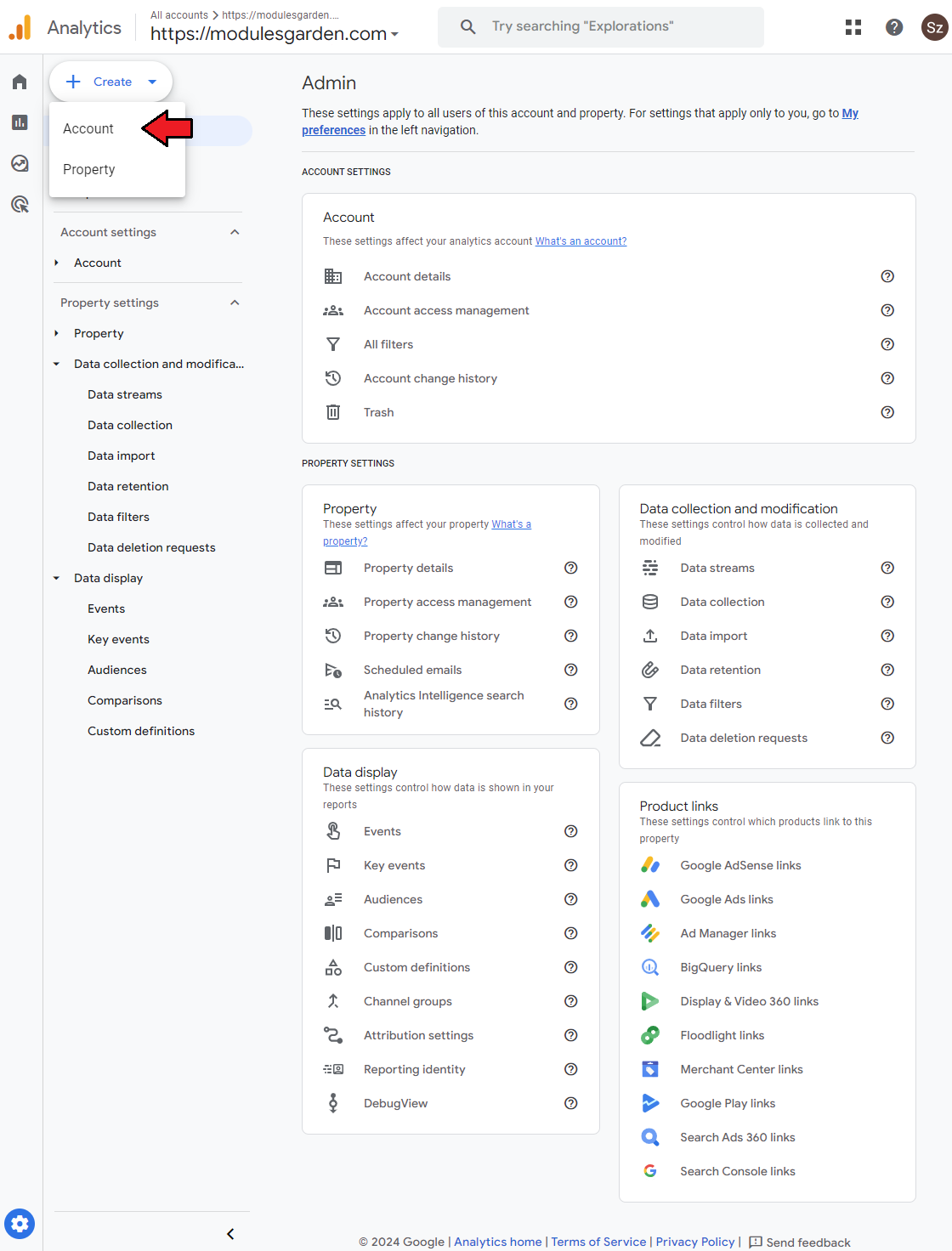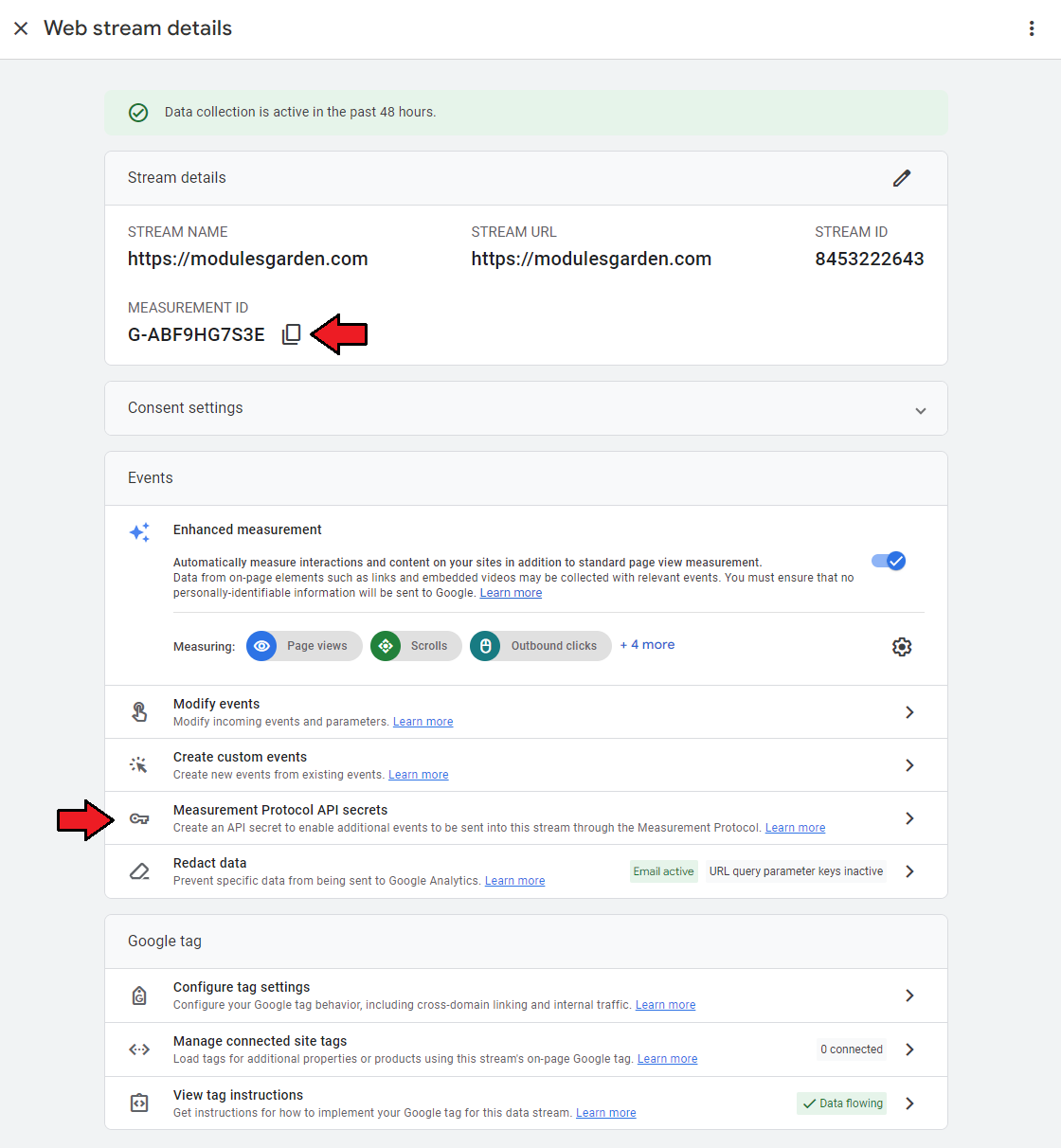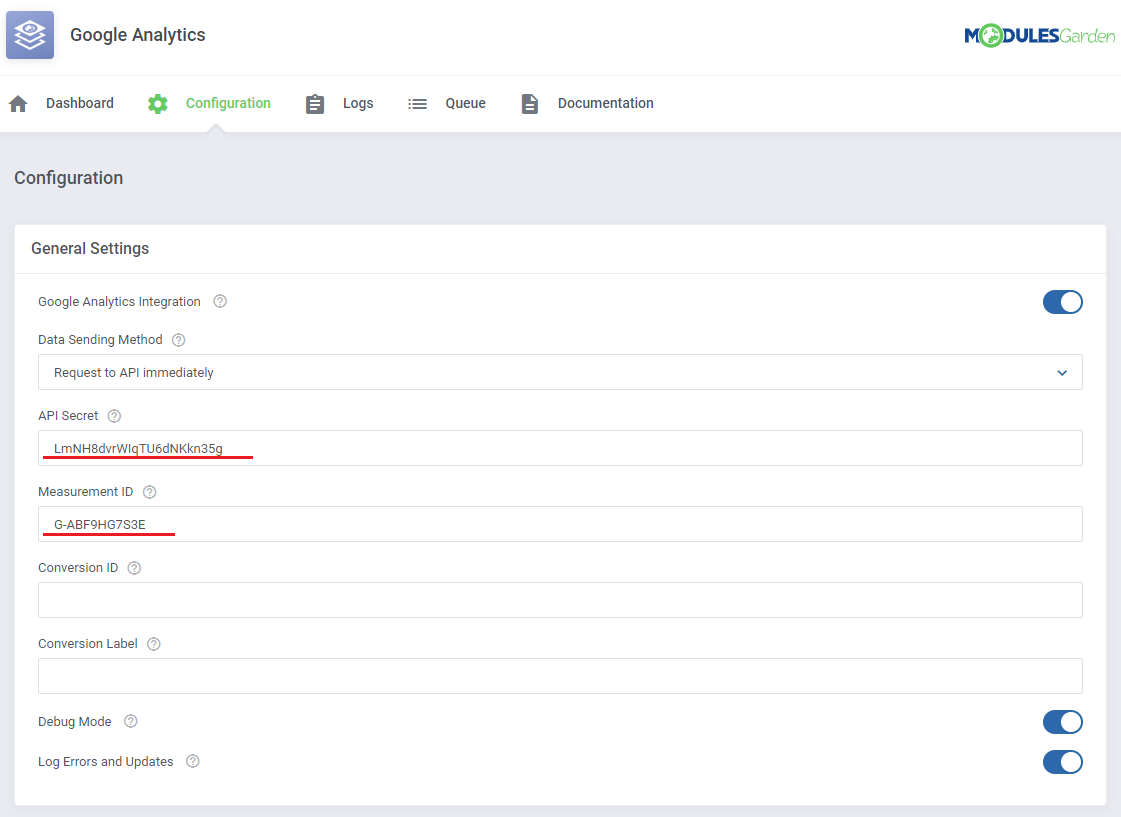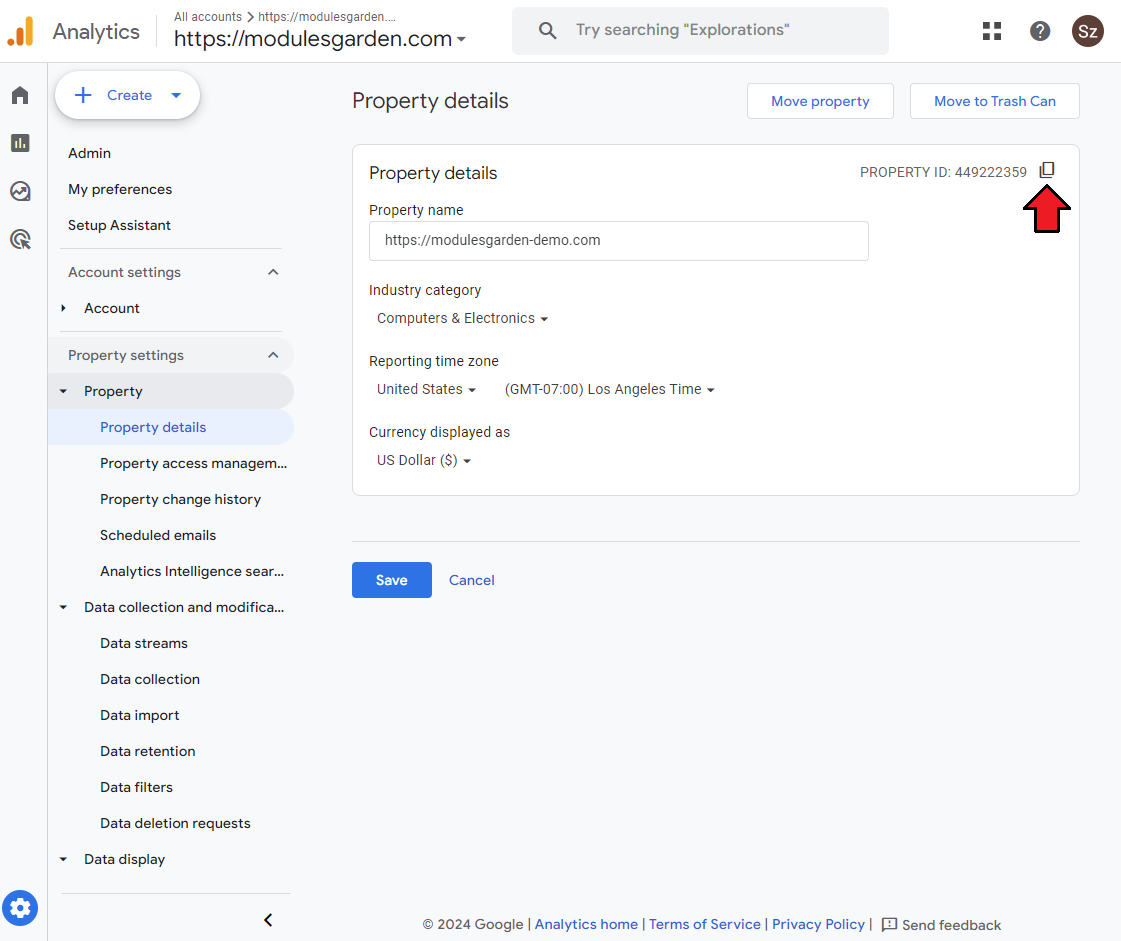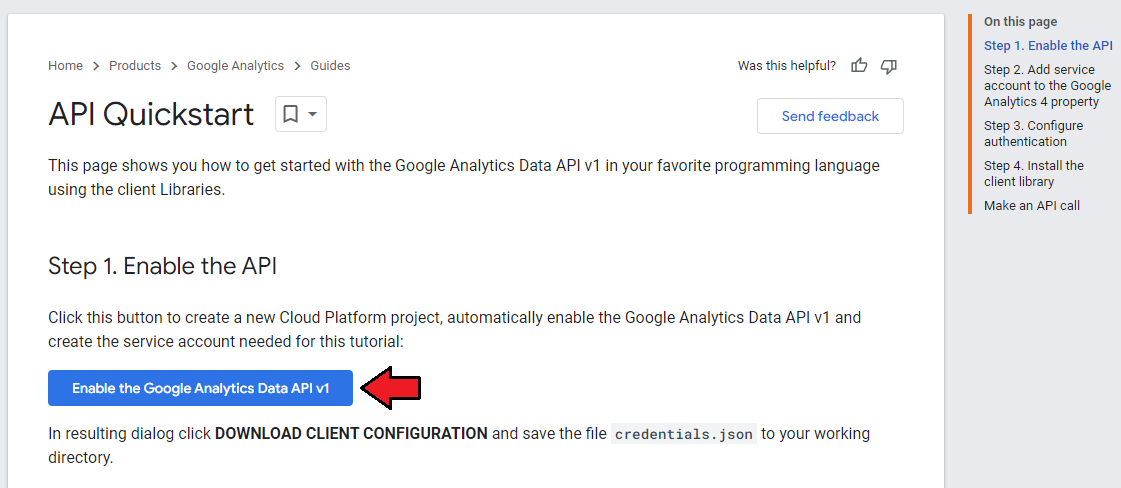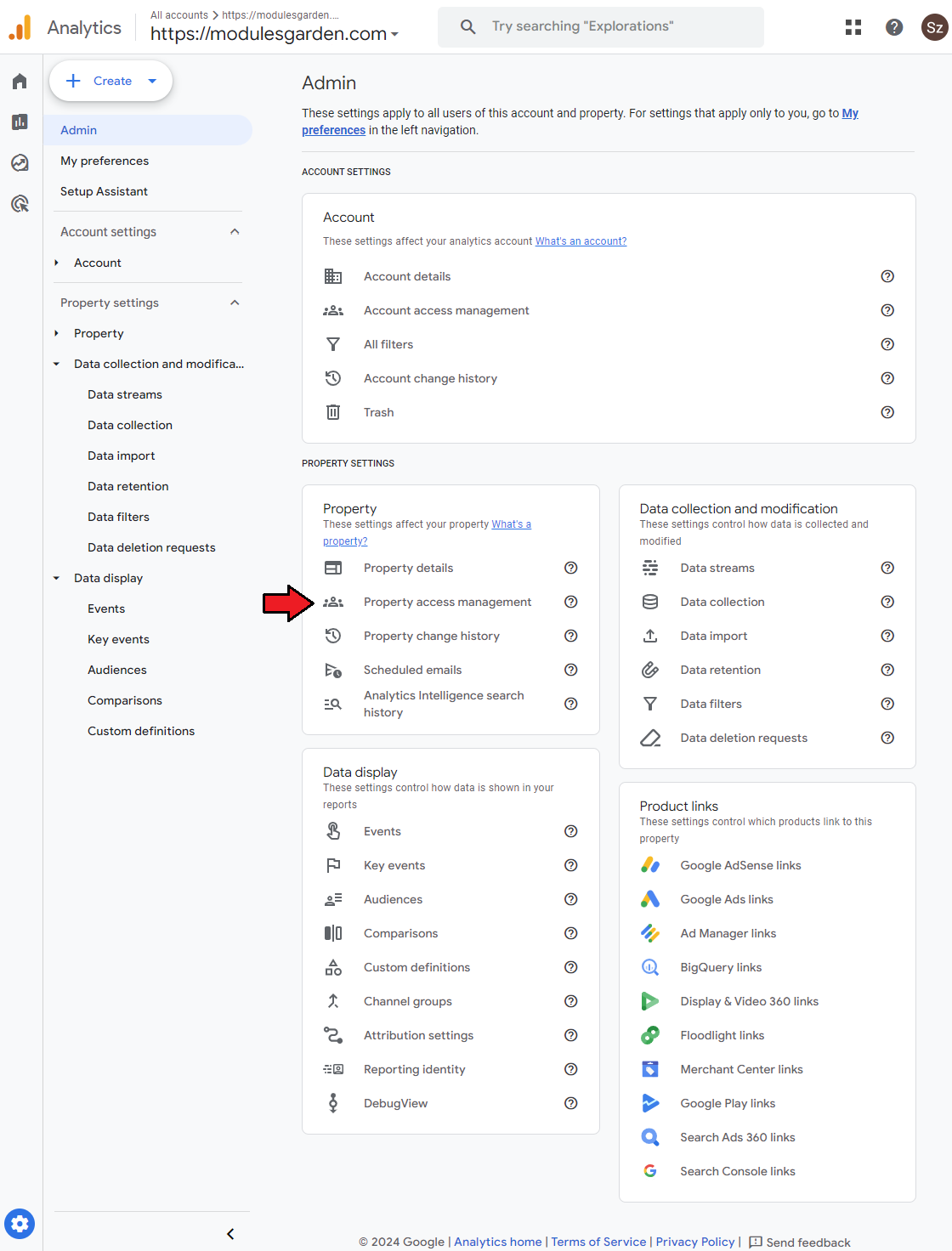Google Analytics For WHMCS integrates your WHMCS data into Google Analytics, providing deep insights into customer behavior and engagement.
Access a wide range of client activities, from shopping cart actions to account interactions and support ticket changes, all within your Google Analytics account.
Use this powerful module to unlock actionable insights!
|
| ✔ Track WHMCS User Actions With Google Analytics Integration:
|
| ✔ View Dashboard Statistics:
|
| ✔ Configure Google Analytics Integration:
|
| ✔ Choose Data Sending Method:
|
| ✔ Requests To API Immediately
|
| ✔ Add Requests To Cron Queue
|
| ✔ Provide Conversion ID And Conversion Label
|
| ✔ Log Errors And Information
|
| ✔ Enable Google Tag Manager Integration
|
| ✔ Select Client Properties Send To Google Analytics
|
| ✔ View And Manage Queue Tasks
|
| ✔ Supports Google Analytics 4
|
| ✔ Supports PHP 8.1 Back To PHP 7.4
|
| ✔ Supports WHMCS V8.10 Back To WHMCS V8.8
|
| ✔ Requires ionCube Loader V12 Or Later
|
Installation
This tutorial will show you how to successfully install and authenticate Google Analytics For WHMCS.
We will guide you step by step through the whole installation and authentication process.
|
| 1. Log in to our client area and download the module.
|
2. In the downloaded file you might find one or two packages that support different PHP versions.
In the most recent versions of the module, you will find only one package that supports PHP 7.2 and later.
|
3. Extract the package and upload its content into the main WHMCS directory.
The content of the package to upload should look like this.
|
4. When you install Google Analytics For WHMCS for the first time, you have to rename the 'license_RENAME.php' file.
The file is located in 'modules/addons/googleanalytics/license_RENAME.php'. Rename it from 'license_RENAME.php' to 'license.php'.
|
5. In order to configure your license key you have to edit the previously renamed 'license.php' file.
Enter your license key between the quotation marks as presented on the following screen. You can find your license key in our client area → 'My Products'.
|
6. Optionally, add a cron job as shown below (5-minute intervals are recommended).
php -q /your_whmcs/modules/addons/GoogleAnalytics/cron/cron.php queue
This cron makes sure data is sent automatically when using the 'Add Requests to Cron Queue' Data Sending Method.
Do not forget to replace 'your_whmcs' with your WHMCS root location. The cron can also be executed every single minute to perform the action more often.
|
Connection and API Configuration
| 7. Log in to Google Analytics and create an account for your website if you have not already.
|
8. Copy the 'Measurement ID' and 'API Secret' .
The web stream details page should open automatically, if it does not, you can find it under 'Admin' → 'Property Settings' → 'Data collection and modification' → 'Data Streams'.
|
| 9. Paste them in under 'Configuration' → 'General Settings'.
|
| 10. Go to 'Property details' and find the 'Property ID' .
|
| 11. Copy it into the respective field under 'Dashboard' .
|
| 13. Download your 'credentails.json' file and paste its contents into the Credentials field.
|
| 14. Find client_email and copy the address.
|
| 15. Go back to Google Analytics. Switch to admin view. Find Account access management under Account. Use the copied email to create a new user.
|
Configuration and Management
| Configuration and management of Google Workspace For WHMCS is very intuitive. Read the below sections to see how easy it is.
|
Basic Configuration
| Let us begin the process of module .....
|
Log in to your Google Tag Manager account and open a container. In the top right corner (next to the Submit and Preview buttons) you'll see some short text that starts with GTM- and then contains some letters/numbers. That's your Google Tag Manager .";
The "Conversion ID" is a unique identifier assigned to a specific conversion action in Google Ads. It is used to track and report activities that lead to achieving conversion goals, such as purchases, sign-ups, or other valuable interactions. You can find it in the conversion settings in Google Ads.';
The "Conversion Label" is a unique tag assigned to a specific conversion action in Google Ads. It allows for more detailed categorization and tracking of different types of conversions, such as various products or services. You can configure it in the conversion settings in Google Ads to better understand the effectiveness of your ad campaigns.';
Debug Mode allows you to preview the content and queries directly in Google Analytics in the Debug View tab without passing them to reports.';
Log Errors and Updates allows you to monitor queries sent to Google Analytics and view their content and possible errors.';
Dashboard
Let us check your new product on the product page in admin area. It should look like on the screen below.
|
Logs
| All errors and module activity can be found in the 'Logs' section. You can view the details of each log or delete it by using the action buttons.
|
| Multiple logs can be deleted at once with the mass action function.
|
| Moreover additional actions include deleting specific logs, exporting the logs into a '.csv' file and settings up the auto prune system.
|
Queue
If you are using the 'Add Requests to Cron Queue' Data Sensing Method, the 'Queue' section is where the requests can be managed.
You will find the information on the cron itself at the top of this section.
|
| The list of the queued requests can be viewed, inspected, and managed manually. Use the action buttons to see each request's details, manually run it, or delete it.
|
| Multiple tasks can be deleted at once via the mass selection feature.
|
The auto prune system can be set up to automatically delete tasks after a specified time.
This feature can be found under additional actions.
|
Tips
1. The module requires a G Suite Reseller account. To check the current status of your Google Reseller account, navigate to the following site: Google Cloud Partner Portal.
There, you can verify the status and request partner authorization if necessary.
|
http://git.mglocal/whmcs-products/google-analytics/-/issues/21
Update Instructions
An essential guidance through the process of updating the module is offered here.
Ensure successful completion of the module update by carefully following each step, thereby preventing data loss or any unforeseen issues.
Additionally, you will find a current list of supplementary actions necessary for a smooth update process there.
|
Upgrade Guide
Seeking a solution that offers greater flexibility, customization tailored to your precise needs, and unrestricted availability?
There is an option that not only proves to be cost-effective in the long run but also includes prioritized support services, making it a truly valuable investment.
Opt for the Open Source version of your Google Workspace For WHMCS module to unlock these benefits.
Simply click on either the Get Source Code or Upgrade To Lifetime button found on the product's page in our client area to complete the one-step upgrade process, with a dedicated discount already applied.
Follow a comprehensive guide covering the transition process, the advantages it brings, and step-by-step instructions on what to do next after the order has been successfully finalized.
|
Common Problems
| 1. When you have problems with connection, check whether your SELinux or firewall does not block ports.
|
